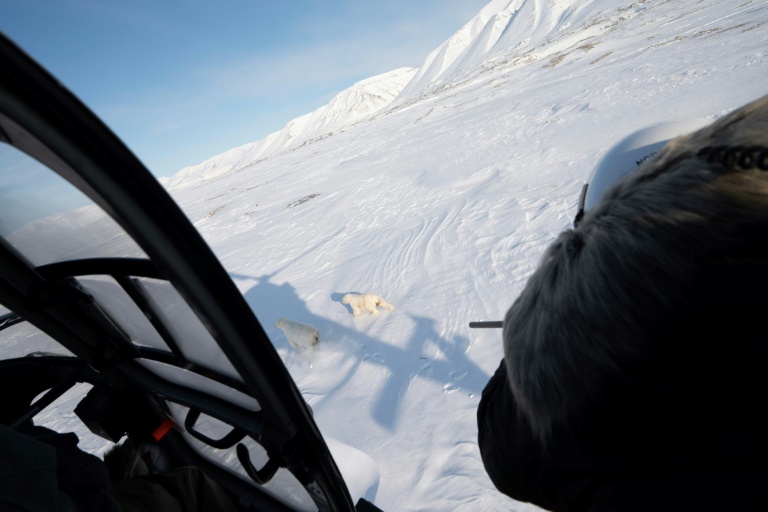The shocking science behind polar bear encounters

The Challenge of Studying Polar Bears in the Arctic
Taking a blood sample from a polar bear is no easy task. These massive predators, some weighing over 1,000 pounds, are among the most dangerous animals on the planet. On an icy Arctic floe, the process involves multiple steps and requires precision, patience, and a lot of courage.
The first step is locating the bear. Once found, a team of scientists uses a helicopter to shoot it with a sedative dart. After a brief wait to ensure the animal is asleep, a vet carefully approaches on foot to place a GPS collar around its neck. This is followed by a delicate incision into the bear’s fat layer to insert a heart monitor. All of this must be done in temperatures that can drop to -30°C, making the task even more challenging.
For the past four decades, experts from the Norwegian Polar Institute (NPI) have been monitoring the health and movements of polar bears in the Svalbard archipelago. Located halfway between Norway and the North Pole, this region has experienced global warming at a rate three to four times faster than other parts of the world. This rapid change has prompted scientists to adopt new methods for tracking these animals, including monitoring pollutants like PFAS "forever chemicals" that travel from distant locations to accumulate in the bears’ bodies.
A Glimpse into the Expedition
This year, a team of eight scientists aboard the Norwegian icebreaker Kronprins Haakon is testing innovative techniques to study the world's largest land carnivore. One of the highlights of the expedition was the careful handling of a sedated polar bear. With one foot on the helicopter’s landing skid, vet Rolf Arne Olberg prepared his rifle as the aircraft approached the animal. A successful dart hit would allow the team to proceed safely.
Once the bear was sedated, the team landed and worked quickly to attach the GPS collar and replace any old batteries. Only female polar bears are fitted with collars, as males have thick necks that make it difficult for the collars to stay in place. Olberg then made a precise cut in the bear’s skin to insert a heart monitor, which records body temperature and heart rate throughout the year. This data helps researchers understand how female bears use energy as their environment changes.
The team also collected a fat biopsy, which is used to test the bears’ ability to handle stress and exposure to pollutants. Belgian toxicologist Laura Pirard is studying this method to better understand how these animals respond to environmental challenges.
Changing Diets and Behaviors
As the Arctic ice continues to retreat, the diet of Svalbard’s polar bears is changing. Lead scientist Jon Aars noted that while seals remain their primary food source, the bears are now consuming more land-based food, such as eggs, reindeer, and even seaweed. Although seaweed provides little nutritional value, it has become part of their diet.
Despite these changes, Aars believes the bears are managing well. “Even if they only have three months to hunt, they can obtain about 70 percent of what they need for the entire year during that period,” he said. However, he warned that further loss of sea ice could threaten their survival.
Blanchet added that polar bears have a unique advantage: they live long lives and learn from experience. This adaptability gives them a chance to survive in a rapidly changing environment.
Signs of Progress in Pollution Reduction
Another positive development has been the observed decrease in pollution levels in some bears. Finnish ecotoxicologist Heli Routti, who has studied the program for 15 years, noted that some recaptured bears showed lower pollutant levels over time. This trend reflects the success of anti-pollution regulations implemented over the past few decades.
The NPI contributes to the Arctic Monitoring and Assessment Programme (AMAP), which helps shape policies on harmful substances. While many regulated pollutants have decreased in Arctic waters, the variety of chemicals has increased. Scientists are now detecting more types of substances, including PFAS, or "forever chemicals," which are nearly indestructible and can accumulate in the environment.
These pollutants, found in products like nonstick pans and cosmetics, eventually end up in human bodies, raising concerns about potential health risks, including cancer. Researchers continue to monitor their impact on both wildlife and people.
Post a Comment for "The shocking science behind polar bear encounters"
Post a Comment